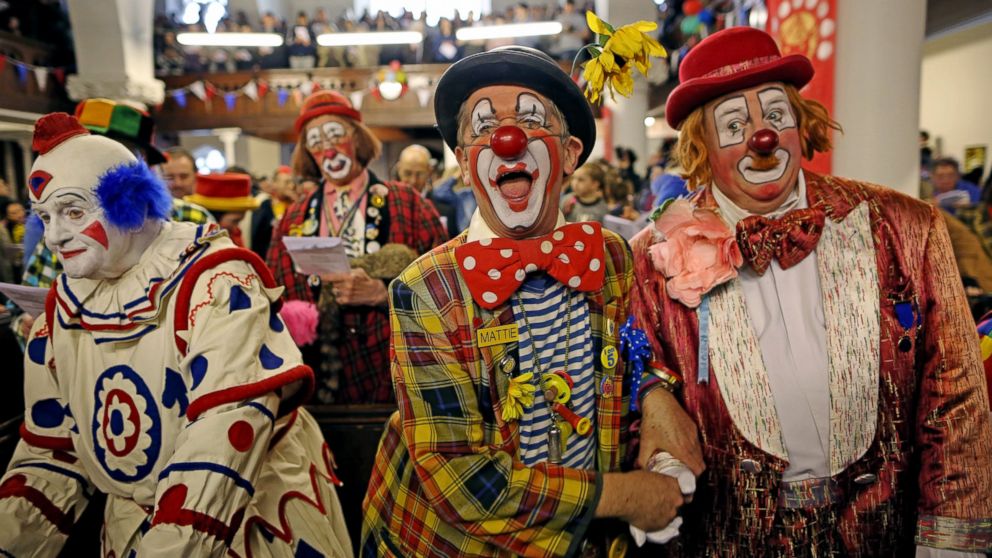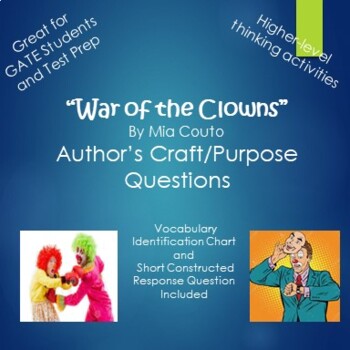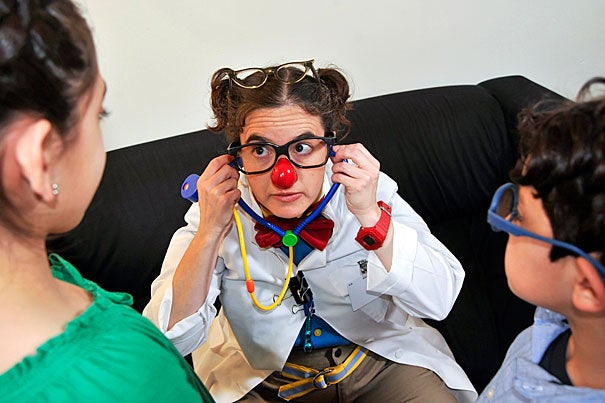Not known Facts About All Occasion Performers
Table of ContentsThe All Occasion Performers IdeasWhat Does All Occasion Performers Mean?A Biased View of All Occasion PerformersOur All Occasion Performers IdeasGetting My All Occasion Performers To Work
He specialized in pigs and mules, which he trained and marketed to other clowns. He likewise presented an act with a qualified rhinoceros and is the only individual in circus history to offer a tightrope strolling elephant.He was likewise a benefactor that gave generously to numerous charities and he erected the initial monolith to soldiers eliminated throughout the Civil War - Party clown. Beginnings of the Auguste characterThere is a widely informed tale about the origins of the Auguste clown. According to the tale, an American acrobat called Tom Belling was carrying out with a circus in Germany in 1869
Belling took off running, finishing up in the circus sector where he fell over the ringcurb. In his embarrassment and haste to run away, he dropped over the ringcurb again on his means out. The manager regulated that Belling continue showing up as the Auguste.
An Unbiased View of All Occasion Performers
For one point, the word Auguste did not exist in the German language up until after the character ended up being popular. Among the concepts of the real origin is that Belling copied the character from the R'izhii (Red Haired) clowns he saw when he toured Russia with a circus (https://www.bitchute.com/channel/jYLM0iDihy45/). Characters like the auguste definitely existed previously

The dance later became called tap dance. It needs to be kept in mind that there are alternate 'origins' for the vagrant character"one of which was the traveling "hoe young boys," or travelling farm workers, that rode the rails from one town to an additional, wiping the residue away from their eyes & mouth.
Getting The All Occasion Performers To Work
Note that the fright wig, overstated lips and eyes, oversized garments and props of the American clown, props such a seltzer water, packed clubs, taking off stogies, and whistles loaded with soot, are not Grimaldi's. They come from Tambo and Bones. The English blackface comic Charles Mathews involved America in 1822 to perform and researched black life and custom-mades.
In such plays there is a mishmash of characters consisting of "kings" and "saints", cross-dressing, and blackface duties; the faces of Morris (or "Moorish") dancers were also smudged. Many were performed by bad males in the hungry time after Christmas.
The Derby Play of the Tup was performed for food and beer by jobless young people. One such protest has actually gotten in American history as the Boston Tea Event.
The Only Guide to All Occasion Performers

While not the extravagant affairs we consider today, some early, rougher kinds of taking a trip circus were popular in America from Revolutionary times-- George Washington was a follower. Blackface clowns executed in them from at the very least the 1810s and maybe before; they were a staple by the 1820s. The broad red or white mouth painted on by contemporary clowns is a residue of the blackface mask.
In several aspects minstrelsy was born when these entertainers moved their read this article acts from the outdoor tents to the phase of American selection cinemas. There was a solid element of clowning in minstrelsy. The blackface mask was a clown's disguise, exaggerating the facial attributes right into an animation, a caricature. The blackface clown may be the forerunner of today's anodyne circus clown, however or else the 2 are as contrary as blackface and whiteface.
Some Known Details About All Occasion Performers
Who in nineteenth-century America was more of a Various other than the ? What far better mask than blackface? In numerous practices the clown would certainly reveal some physical deformity, like a hunchback, dwarfism-- or like Jim Crow, lameness - Face painters near me. And because he was various, an Others, the clown was enabled to claim and do things no one else could.
Witticism and parody were main to minstrelsy. It's intriguing that in the West African societies where most slaves came, the poet-singer griot served the very same satirical jester feature when the occasion developed. That may have something to do with the interested (to us, looking back) simplicity with which Southern Blacks accepted not just the music yet also the undermining humor of minstrelsy.

Emmett Kelly was the best understood vagrant clown with his character "Weary Willie."Tramp clowns are experienced: + jugglers + illusionists + pianists + chalk talk musician + bikers. There more than happy vagrants and upset tramps. There seems to be a wide range of vagrant clowns - https://moz.com/community/q/user/all0ccperf0rm. One of the most standard feature of tramp clowns is that nothing is typical except the white mouth, which was stemmed from minstrel blackface cosmetics.